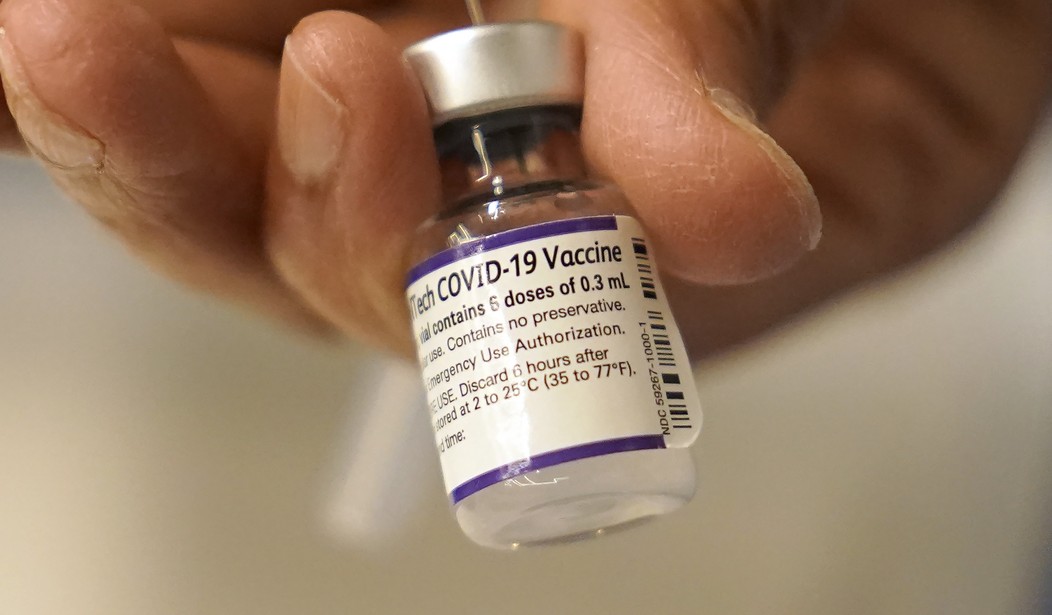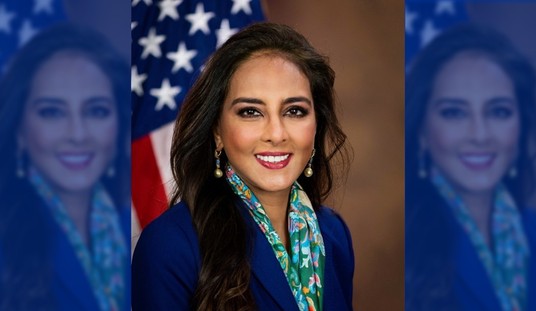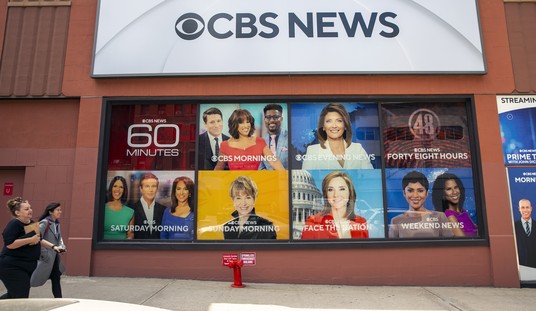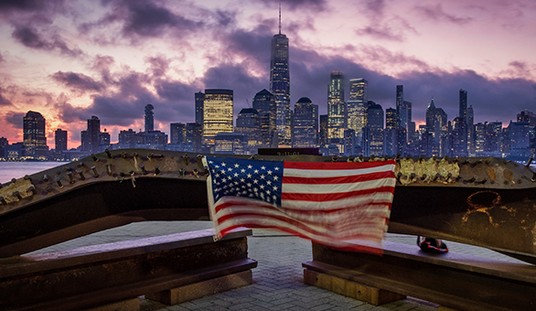It’s a new year. The pandemic is becoming endemic. Mask mandates are ending even in the bluest of states and cities. Inflation worries are beginning to drive the government to put the US economy back on track. Politicians begin to prepare for the summer campaign season is to get underway.
Official government policy remains that the public good is best served by a herd immunity percentage of the US population having current vaccinations, including boosters, as an endemic phase control mechanism to contain the risk of future mutations of the virus.
In this regard, the US pursues a vaccinate-first policy that science now says is not necessarily the best way to protect a population. Data continuing to emerge from the experience with Omicron indicates that third world countries with lower vaccinations rates and higher infection rates from the Delta variant of the virus had herd resistance experiences with Omicron superior to the vaccine technology intensive approach of the first world nations.
Nevertheless, each country on the planet is now following unique domestic journeys with regards to COVID-19’s children. And in the United States, a pharmacology industry vaccine approach remains the bedrock of public policy.
Selling this vaccine concept has been one of most concerted marketing efforts of the US government’s COVID-19 response. Much time and effort has been put into it, more than most people realize. The evolution of COVID-19 policy marketing has had three distinct phases.
2020 was the year of the lockdown. It was a time of the world facing a virus with no known cure. The only strategy U.S. public health officials could produce was to isolate people from each other, to slow down the transmission rate of the disease. Even at the very beginning, the U.S. commitment to put the country’s fate in the hands of big pharma to rush vaccine research to market was the core of the plan. Americans were paid to cooperate using a series of emergency financial relief laws to tide the country over until vaccines became available.
The cultural consequence of this plan was the emergence of yet another splintering of society into three camps. One that embraced isolation and vocally wanted it to become the new normal. One that rejected isolation and vocally resisted the efforts of government to use the method as a transmission rate management tool. And a third, more silent group, who decided to put up with the isolation until vaccines became available. These cultural cells remain part of the broken fabric of U.S. society today.
In 2021, the vaccines came out of the laboratory and began to be injected into the country’s cadre of emergency workers, to be followed by at risk persons and eventually, the general population. These vaccines brought to bear an amazing array of science ranging from disease molecule analysis, genetic engineering, and artificial intelligence techniques that delivered messenger RNA vaccines in record time. One of the legacies of the Trump administration, this was science fiction-speed technology, the kind of thing that will likely accelerate the pace of finding cures for many other diseases on the future.
But scientists and professionals, who come from the culture of slow research and years of laboratory trials were hesitant. In academia, disagreement quickly turns into heated argument. Those reservations made their way into the social media sphere, to which most isolated Americans were by then connected. The thing about academic dissonance going viral on the internet is that it creates cultural fissures that the media can turn into talking points to promote narratives that attract audiences. And the noise factor in both mainstream media and social media exploded. It created yet another cultural fissure, resulting in three groups. Those who fervently believed vaccines were poisonous to body and soul. Those who fervently believed people should be forced to be vaccinated or be prevented from participating in society. And those who said this was an okay way to finally get past the isolation cocoon of 2020.
Regardless, it was U.S. policy to use a vaccine technology-based herd immunity strategy as the method to control COVID-19. The internet argument reached a crescendo. The cohesion among state and local governments fragmented into a broken tapestry of isolation and vaccination strategies, with interest groups shouting at any and every decision.
So, the federal government decided to market vaccine acceptance, but not by distributing information through the official pathway of public health departments. Instead, the U.S. government hired the media to become their marketing agencies to sell vaccine acceptance to the US population.
According to Blaze Media’s Chris Pandolfo’s report on March 3rd, “The federal government paid hundreds of media companies to advertise the COVID-19 vaccines while those same outlets provided positive coverage of the vaccines.” The article opens,
In response to a FOIA request filed by TheBlaze, HHS revealed that it purchased advertising from major news networks including ABC, CBS, and NBC, as well as cable TV news stations Fox News, CNN, and MSNBC, legacy media publications including the New York Post, the Los Angeles Times, and the Washington Post, digital media companies like BuzzFeed News and Newsmax, and hundreds of local newspapers and TV stations. These outlets were collectively responsible for publishing countless articles and video segments regarding the vaccine that were nearly uniformly positive about the vaccine in terms of both its efficacy and safety.
The entire media apparatus of the United States became the Voice of America to sell a positive, COVID-19 vaccine image to Americans. Congress appropriated $1 billion to buy the ads and obtain the placements of “influencer” personalities to appear in the media to sell the program.
Under this arrangement, the questioning of whether vaccines were effective or safe disappeared from the official narrative seen by Americans. Only the outlets that were not part of the marketing effort continued to cover the reservations of the academics; and these were then almost universally labeled as “fake news” by social media censors.
But the actual collusion is the product of officialdom. In her substack commentary on these events, former NewsMax correspondent Emerald Robinson noted that organizations like FOX News and Newsmax, not only participated in the vaccine marketing program, but never informed their conservative viewers they were part of the government’s effort.
My first reaction to this was to recall a piece I wrote in 2017, back when I still contributed to Ariana Huffington’s website about taking everything you see in the media with a grain of salt, “Three Steps to Take Control Back from the Media Anyone Can Do.” The bottom line remains, stories do get spiked, report filings do get rejected, and cooperative stories do get placed. Trust no one, Agent Mulder.
The government’s 2021 vaccine marketing campaign has so far resulted in around sixty percent (60%) of the US population being fully vaccinated and roughly eighty percent (80%) of the population having received at last one dose as of March 2022, according to the tracking data published by the Mayo Clinic.
In 2022, the federal government’s goal is to close the gap to full vaccination of the US population. In February, the US Department of Health and Human Services (HHS) issued $66.5 million to eight organizations to market vaccine acceptance to harder to reach groups throughout the country.
The eight organizations are,
- Association of Asian/Pacific Community Health Organizations, San Francisco, CA $9.8M
- Center for Global Health Innovation, Inc., Atlanta, GA $9.8M
- Eyes NJ A NJ Nonprofit Corporation, Fairfield, NJ $6.3M
- The Medi, Inc., Charleston, SC $2.2M
- The Morehouse School Of Medicine, Inc., Atlanta, CA $9.6M
- Project Hope-The People-To-People Health Foundation, Inc., Washington, DC, $9.6M
- Public Health Institute, Oakland, CA $9.8M
- University of Arkansas System, Little Rock, AR $9.8M
So, when you see their public service announcements show up, now you know where it comes from.














Join the conversation as a VIP Member